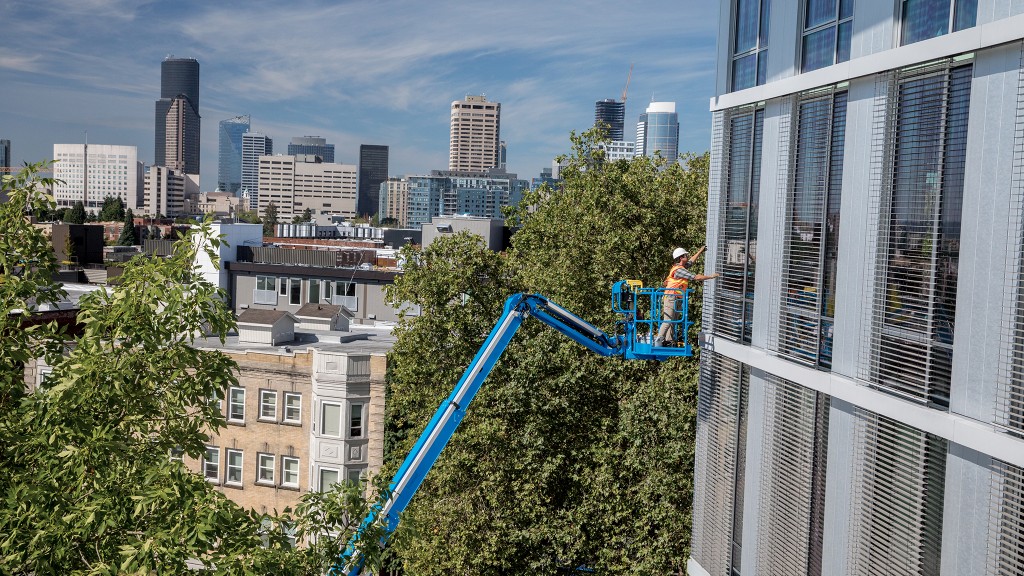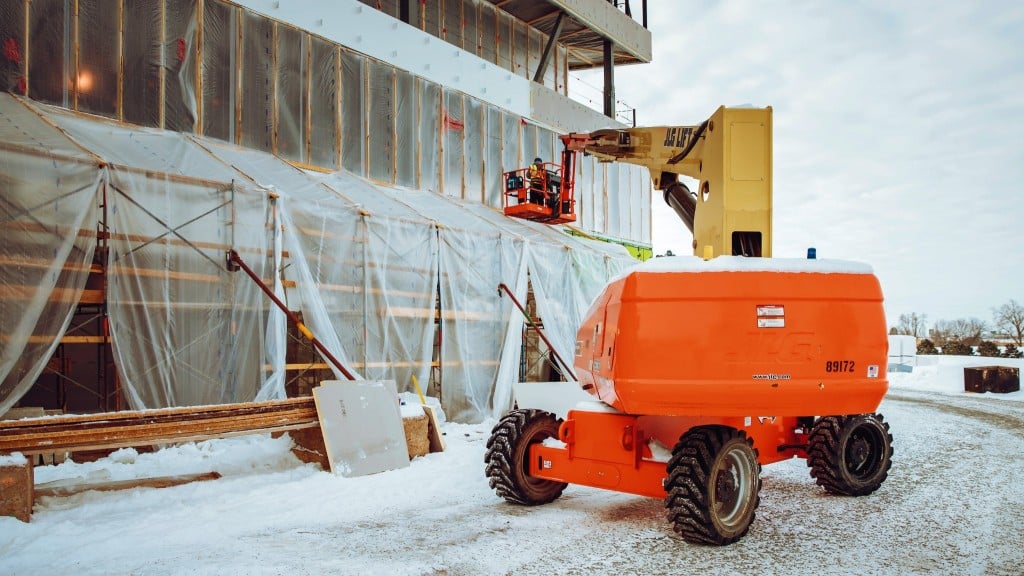
Since new ANSI A92 Standards went into effect in June 2020, many changes have provided additional emphasis on the user, most often defined as the employer.
Users must now develop a safe use plan, which includes some important provisions related to training. This includes making sure that a trained and qualified supervisor monitors the performance of the operator to ensure compliance with the standard. These observations must be documented and retained by the user.
Anyone who directly supervises MEWP operators must receive much of the same general training as operators, but without the requirement to perform the hands-on operation. The four areas in which Supervisors of MEWP operators must be trained are:
- Proper selection of the correct MEWP for the work to be performed;
- Potential hazards associated with MEWP use and how to protect against identified hazards;
- The rules, regulations, and standards that apply to MEWPs, including provisions for safe use as defined in ANSI A92.22 Training and Familiarization, and the work being performed; and
- Knowledge that the manufacturer's operating manual is integral to the equipment and must be properly stored on the MEWP.
The right equipment for the job
Training on proper machine selection is a theme throughout the new regulations. The reason – often operators will use whichever MEWP is available regardless of the needs of the application. This can lead to unsafe behavior.
When considering MEWP selection, users, supervisors, and operators need to ask a series of questions, including: who is going to use it, and how many people will be in the platform? What are the site characteristics that influence use, such as terrain and whether the MEWP will be used indoors or outdoors? When, where, and how will it be used? What's the weight capacity of the flooring? How much do the materials, tools, and equipment in the platform weigh?
To assist supervisors with selecting the right MEWP for the job, Genie provides guidance explaining the general performance characteristics for the different types of MEWPs (1A, 1B, 3A, and 3B).
Each design has unique characteristics. For example, boom lifts (3B) fall into two categories: articulating and telescopic. Articulating Z-booms are MEWPs with multiple boom sections that hinge or articulate. This ability to lift up and over with precise positioning allows the operator to gain access to work areas over obstacles and barriers.
Telescopic S-booms are MEWPs with boom sections that extend telescopically. They are also commonly known as stick booms because of their straight appearance. Telescopic booms offer greater horizontal outreach than any other type of MEWP.
Hazards and hazard prevention
Risk assessments are a critical element of job site and worker safety. While the user (employer) is responsible for conducting the risk assessment, supervisors must be trained in hazard recognition and prevention. Hazards might be associated with the work location, the MEWP itself, or the personnel and materials to be carried.
For example, operators will frequently identify overhead obstacles, electrocution hazards, pedestrian, or vehicle traffic. What they may not be thinking about is what's under the ground. If you drive a 40,000-pound machine over a new manhole that was recently buried, there's a possibility that it may cave in and potentially cause the MEWP to tip over. That's why assessment of the supporting surfaces is specifically identified in the new standards.
Likewise, rescue planning is now also a requirement of the standards, which supervisors must be familiar with.
Once the hazards and risks involved in the task have been identified, the procedures and measures required to eliminate or mitigate them must be identified and implemented. If any modifications to the risk assessment are required, these must be communicated to everyone involved prior to resuming the job.
Scott Owyen is Genie's director of training and a trusted and recognized expert on the safe use of mobile elevating work platforms and telehandlers who has presented at numerous industry conferences and webinars.



